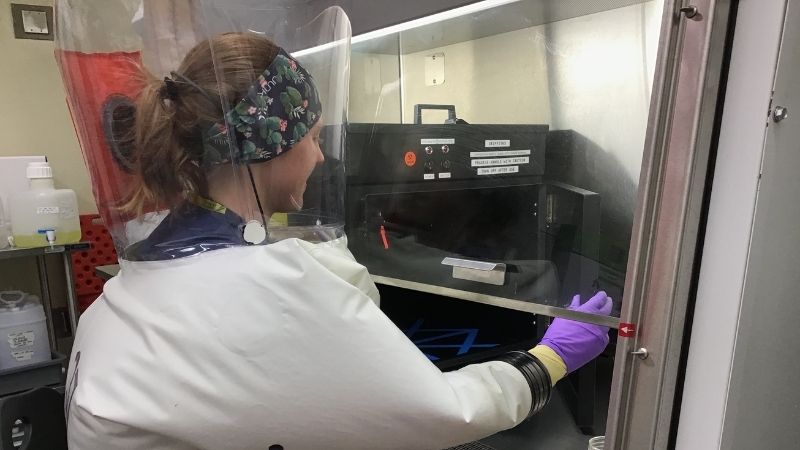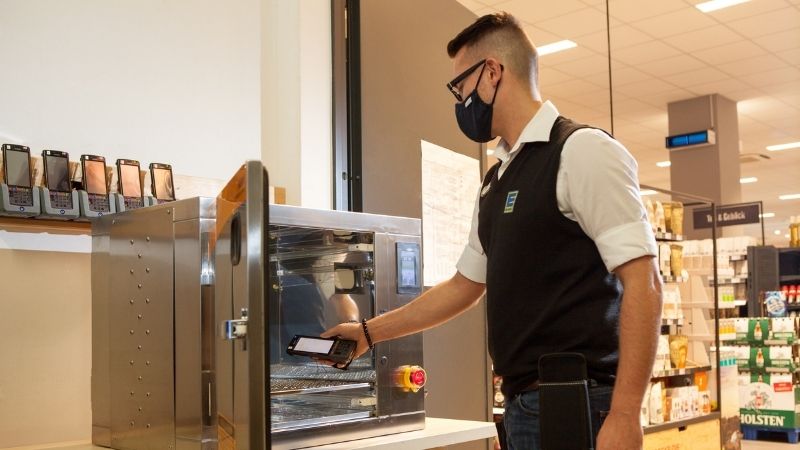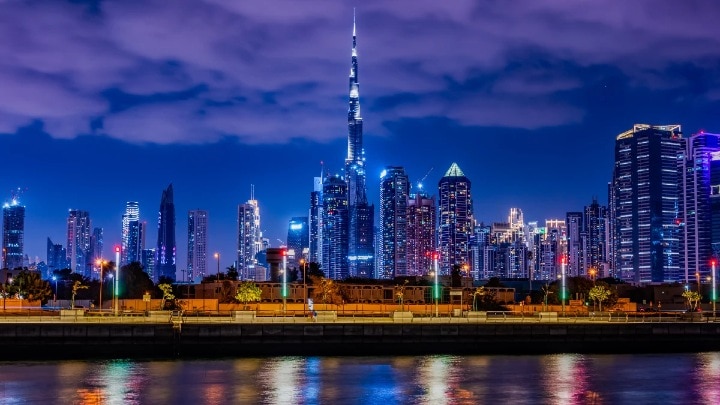February 12, 2021
Signify argues that UV-C lighting should play a part in a post-pandemic world and feature in European recovery plans.
UV-C lighting has long been used as a disinfectant against deadly microorganisms, but its true potential, Signify says, is yet to be realised.
Ultraviolet-C (UV-C) is a type of electromagnetic radiation that consists of wavelengths between 100-280 nanometres. At a wavelength of 254nm it is highly effective in breaking down the DNA and RNA of viruses, effectively inactivating them and rendering them harmless.
While the antimicrobial potential of UV-C isn’t new, the widespread need for the technology until recently was confined to niche markets. That was, until the COVID-19 pandemic.
But, as we move towards a post-pandemic world, there’s a strong case for UV-C to become normalised in the mitigation of viruses. What’s more, says Signify, the technology should feature prominently in national recovery plans being thrashed out across Europe.
“UV-C lighting is currently proving itself in the fight against the virus causing COVID-19,” said Emile van Dijk who heads up Signify’s UV-C team. “However, we should not overlook the disinfection power of UV-C to thwart other serious airborne infections such as seasonal flu1 and tuberculosis2, which cause deaths and sickness every year.”
Last year, the National Emerging Infectious Diseases Laboratories at Boston University, tested Signify UV-C light sources against SAR-CoV-2, the virus causing COVID-19.

“Our test results show that above a specific dose of UV-C radiation, viruses were completely inactivated: in a matter of seconds, we could no longer detect any virus,” said Dr Anthony Griffiths, Associate Professor of Microbiology at Boston University School of Medicine.3
Tests in the laboratory setting showed that Signify light sources irradiating the surface of a material inoculated with SARS-CoV-2, reduced the virus to below detectable levels in as few as 9 seconds for the dried virus and 4 seconds for the wet virus.
“We’re very excited about these findings and hope that this will accelerate the development of products that can help limit the spread of COVID-19,” Griffiths added.
Since then, the company has expanded its production capabilities and UV-C lighting portfolio with a new range of lamps, luminaires, trolleys and chambers which are being used for a wide variety of professional applications.
“We have introduced 12 families of UV-C lighting fixtures specifically designed to disinfect air, surfaces and objects,” said Harsh Chitale, Leader of Signify’s Digital Solutions Division, emphasising that the new range is targeted at “offices, schools, gyms, retail stores, warehouses, as well as on public transport.”
UV-C is a powerful disinfectant and exposure to light sources with certain wavelengths of UV-C radiation can damage the skin and eyes of humans and animals. As the disinfection of surfaces requires direct exposure to the light source, the disinfection cycle must only take place when people or animals are not present. Not surprisingly, Signify’s surface disinfection luminaires are built with safety in mind and are meant to be deployed with features such as remote-control capabilities, timers and motion sensors.
There are also products that are designed to be used with people or animals present in the room, such as upper air disinfection luminaires and chambers. They are designed to shield people from the UV-C light source.

Signify realises that the rollout of various vaccines will gradually help to control the spread of the pandemic but argues that UV-C has a wider role in helping to prevent the spread of airborne diseases.
In September 2020, World Health Organisation Director General, Dr Tedros Adhanom Ghebreyesus, warned that COVID-19 “will not be the last pandemic”. This underlines a need to invest in technology for future mitigation.
As EU countries plan for a stimulus spending spree, there is ample scope to include UV-C technology in building renovation projects.
“Given the cost of sick days and that staff are the most valuable asset of a company, it makes sense that they take practical measures to protect their employees,” says Harry Verhaar, Signify’s Global Head of Public & Government Affairs. “It would be timely to incorporate UV-C technology into building codes and for it to be baked into many of the 35 million building renovation projects earmarked across EU member states.”
As member states work on their national recovery and resilience plans, Signify describes UV-C lighting as a technology whose time has come.
1 Aerosol Susceptibility of Influenza Virus to UV-C Light, 2012, James J. McDevitt et al.
2 Institutional Tuberculosis Transmission. Controlled Trial of Upper Room Ultraviolet Air Disinfection: A Basis for New Dosing Guidelines, August 15, 2020. Matsie Mphaphlele, et al
3 Signify and Boston University validate effectiveness of Signify’s UV-C light sources on inactivating the virus that causes COVID-19. Press release, June 16, 2020.
For editorial enquiries:
Signify Global Integrated Communications
Neil Pattie
Tel: + 31 6 15 08 48 17
Email: neil.pattie@signify.com
Signify (Euronext: LIGHT) is the world leader in lighting for professionals, consumers and the Internet of Things. Our Philips products, Interact systems and data-enabled services, deliver business value and transform life in homes, buildings and public spaces. In 2023, we had sales of EUR 6.7 billion, approximately 32,000 employees and a presence in over 70 countries. We unlock the extraordinary potential of light for brighter lives and a better world. We have been in the Dow Jones Sustainability World Index since our IPO for seven consecutive years and have achieved the EcoVadis Platinum rating for four consecutive years, placing Signify in the top one percent of companies assessed. News from Signify can be found in the Newsroom, on X, LinkedIn and Instagram. Information for investors is located on the Investor Relations page.


December 17, 2024
Transforming Dubai’s iconic buildings with connected lighting from Signify